Guest post written by author R.W.W. Greene
R.W.W. Greene is the author of The Light Years (2020) and Twenty-Five to Life (out now), both with Angry Robot Books. He shares too much on Twitter at @rwwgreene.
Twenty-Five To Life is available from Amazon, Indiebound, B&N, Bookshop.org, and Powells.
In Kim Stanley Robinson’s 2312, there’s a city called Terminator that perpetually circles the planet Mercury via a metal track, pushed along by the natural expansion and contraction of the material as it heats under the Sun’s rays and cools in its wake. It’s a neat bit of worldbuilding but what is more telling about the future Robinson sees are the people who travel, just for the hell of it, on foot alongside the city. These folks could easily ride inside the city, but they’ve opted to make their lives more interesting, adding a soupçon of risk, whilst rescue and sanctuary is moving right there beside them.
It’s modern human nature to want a little danger. Drop ‘rescued hikers’ into the Google search bar, and view no end of results. Seven hikers rescued from Mt. Hedgehog (Aug. 8). Two hikers rescued in Boulder County (July 23). Two hikers rescued after nine days in Wyoming wilderness (July 29). Kayaking. Rock climbing. Spelunking. Camping. Downhill skiing. Ultramarathons. Lots of fun, lots of risk. Thank society there’s a nice, wide safety net. It doesn’t always work, but it’s there, which is much more than our nomadic ancestors could say. Injuries and illness had very real repercussions for those guys, which is probably why they never took up parasailing or skydiving.
In a wilderness survival class, lesson one is usually something to the effect of ‘don’t do anything stupid.’ The last thing you want to do is ford rapids or climb around like Nathan Drake. Without the safety net, even a small cut could lead to death, so survival instructors show their students how to do things with as little risk as possible.
Once upon a time, living on the move was the norm, traveling with the seasons to more hospitable climes and better hunting and fishing. For most of mankind’s history, that’s how we did things, staying a step or two ahead of disaster because we had to, not because it was fun. Then we got ‘smart,’ built baseball parks and art museums on top of swamps, turned saltwater marshes into vacation homes, built levees to push the ocean back, and turned a big chunk of inhospitable desert into an adult theme park. Progress!
But what once was old is new again. We got trouble, right here in River City, with a capital T, which rhymes with C, and that stands for climate change. The time of leaving home and moving toward safety has come again, and the safety net is showing its gaps. The United Nations High Commissioner of Refugees has said 21.5 million people have been displaced by climate change since 2010. Many of them crossed – kids in tow – deserts ill-prepared and oceans via barely functional boats. Not all of them made it, and many were sent packing once they arrived.
The Institute of Economics and Peace, an Australia-based think tank, predicts 1.2 billion people may be made climate refugees by 2050. The safety net, already at its best in the so-called developed nations, will surely have to shrink. Can society afford to keep pumping out and rebuilding New Orleans and resettling people burned out by perpetual wildfires, or will it withdraw to safer areas? Ask the billionaires who are buying up New Zealand, their climate-change oasis until Musk and Bezos launch their space stations and fulfill the dreams of the creators of The 100. Already entire neighborhoods devastated by hurricane Sandy in 2012 have been bought out and resettled, the land they once occupied returned to its traditional role as sea buffer and water absorber.
The wagons are slowly circling up, and anyone left on the outside will be on their own. It’s a foregone conclusion that I make use of in Twenty-Five to Life, my new sci-fi novel with Angry Robot Books. In it, the U.S. government is luring residents into centralized tower cities with promises of free food and housing and a fast connection to a virtual-reality world called ThirdEye. All the thrills of the old world without ever leaving your ten-by-ten studio apartment! As an in-book ad pitches, “It’s hip to be Cubed!” (Yeah, it’s a reversal of the tech-worker flight out of the cities during COVID Times, but that was never going to last long.)
Meanwhile, the ruralities and suburbs are being left to rot and wild, and anyone who opts for Plan B, a life on the road, is left to swim and sink on their own. If COVID taught us anything (read: nothing), it’s that our health-and-wellness resources will be spread mighty thin in the future. (Don’t worry, though, the One Percent will do okay. If they didn’t make it aboard one of the Proxima Centauri-bound colony ships, they’ll probably live out their time in a nice, safe compound in New Zealand. Mere millionaires get the best housing in the towers; some of them can even see the sky!)
But have or have not, the future is coming for all of us. Perhaps you’re content to blithely walk alongside it – but may I point out that in 2312, Terminator’s track is hit by a meteor, forcing the entire city to evacuate before the sun comes overhead. Maybe you’re fortunate enough to have the money for a nice piece of land in New Zealand or a ticket off this rock (and the therapy bills for the survivor’s guilt I hope you experience), but odds are you, like me, are one of the little people, only a step or two away from disaster at any time. Which direction are you going when the future comes for you?












